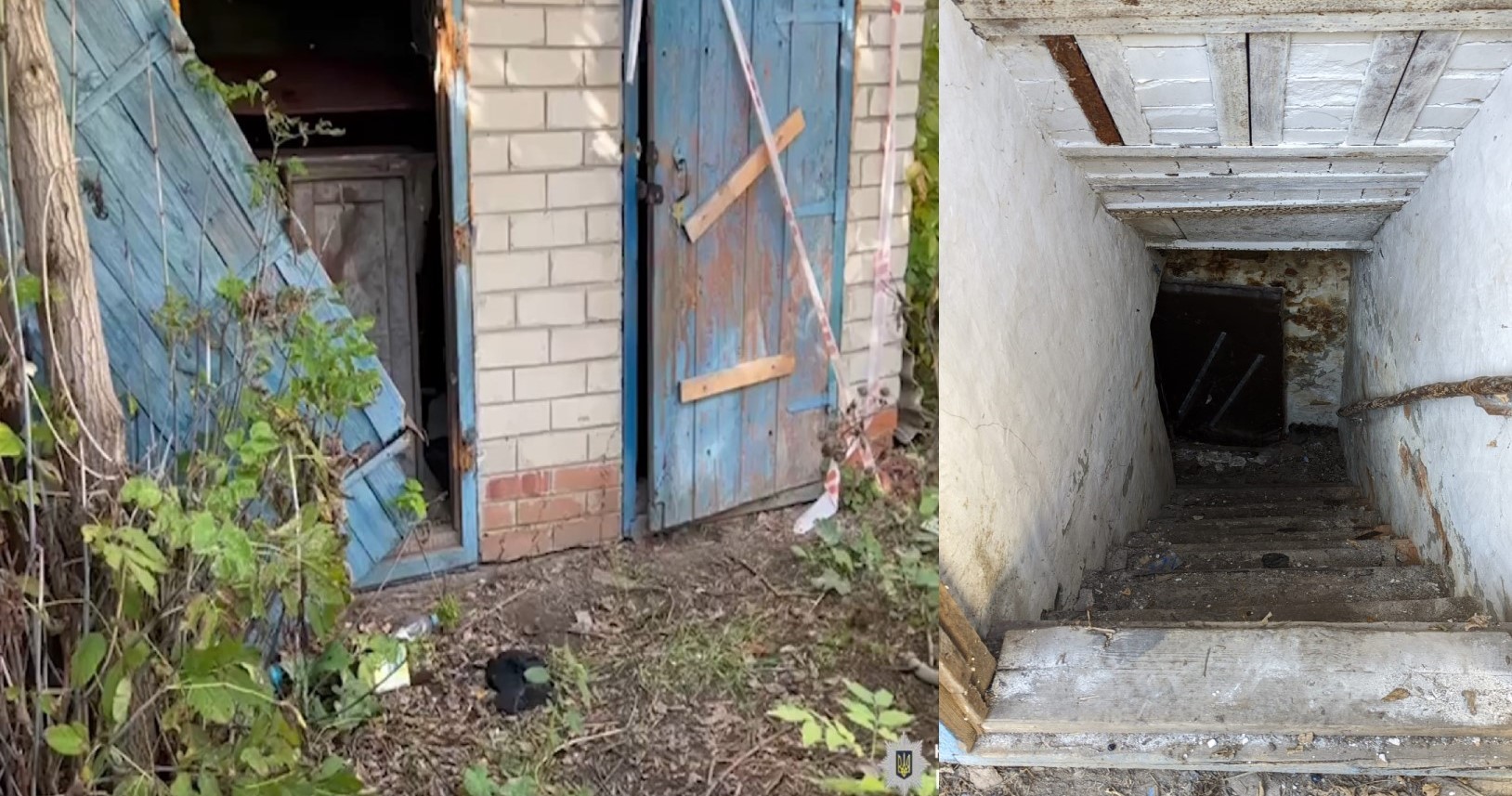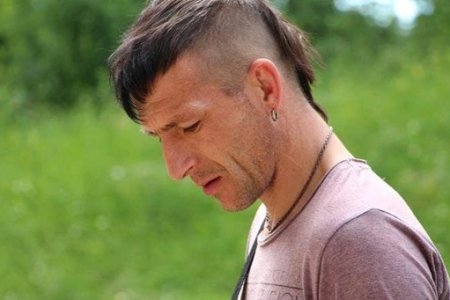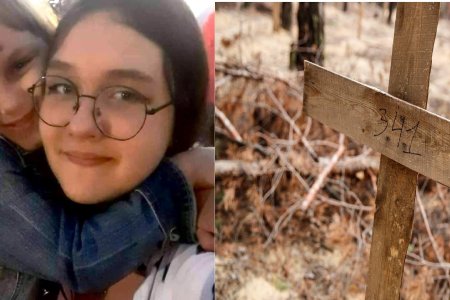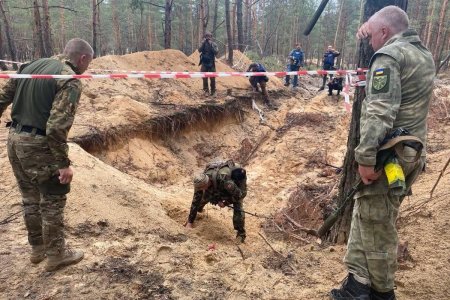
Pisky-Radkivski, a village in the Kharkiv oblast, was under Russian occupation from the beginning of April to the end of September 2022. As with all areas liberated from the invaders, the first reports were of the makeshift ‘prisons’ in which the Russians held and tortured civilians. Since then, journalists from the ZMINA Human Rights Centre have spoken with residents and received first-hand reports of the torture methods that the Russians used, as well as the terror from Russian soldiers. The latter were often drunk or high, and clearly willing to abduct and rape any young woman they could find.
ZMINA journalist Bohdan Krasovsky spoke with Volodymyr, a local resident who was imprisoned and tortured for a week. His captors threatened reprisals if Volodymyr spoke of his experience, so even his first name was changed in the report.
As soon as they seized control, the Russians began going from house to house, checking passports and forcing men to strip to the waist, while they looked for any ‘incriminating’ tattoos or any indication that they were soldiers (marks from using a rifle, etc.). Although openly hunting down any Ukrainian soldiers or veterans of the conflict in Donbas, anything indicating a pro-Ukrainian position could get you thrown in their cellar prisons..
Volodymyr has no tattoos, nor did he have any contact with the military, aside from a former classmate, now serving in the Armed Forces who had given him a chevron with the Ukrainian flag, and a military cap. The Russians found only the chevron, but that was enough for them to savagely torture him, trying to find out information that he simply did not have.
The FSB, Volodymyr recalls, had turned up around two weeks after the village was seized by the Russians. With typical cynicism, they ensconced themselves in the kindergarten building.
It was around the end of April that the Russians burst into his home while he was out and turned everything upside down. The following morning, Ihor Solovyov, husband of the former head of the village council [Vera Solovyova] who collaborated with the invaders, turned up and told Volodymyr that he had been summoned to the FSB.
Volodymyr was taken to a building that the Russians were using as a torture chamber. One of the Russians pulled out the chevron and asked “what is this?”, to which Volodymyr replied “It’s our flag”. Two Russians immediately began beating him with plastic pipes around the back and on his arms, while a third watched on. This lasted around half an hour, and then one of them pulled out a hammer and demanded that Volodymyr spread his hand out on the table. They began hammering one finger at a time to “make him talk” although Volodymyr had nothing to say since, as he told them repeatedly, he knew nothing.
After this ‘interrogation’, he was thrown into a deep cellar where the Russians were already holding five prisoners. Two of them had been seized for calling out ‘Glory to Ukraine!” as they drove past a Russian checkpoint. The Russians, who had machine guns, opened fire at the car, injuring both of the young men. Despite their injuries, the only ‘treatment’ they received, while held prisoner in this cellar-prison was some hydrogen peroxide and a piece of bandage.
The six men were crowded into a small space, and held in the cold with very little food or water. They were usually taken out to the toilet twice a day, but it could be just once. The Russians referred to them by numbers, and brought them out by turn. In the toilet, they had placed a Ukrainian military uniform on the floor and told the men “to go to the toilet on it”.
Volodymyr says that the Russians once wanted to shoot at him “for fun”. As he was being taken back from the toilet, one of the Russians boasted that if he wanted to, he could shoot at him, that he wouldn’t get into any trouble for it.
The invaders clearly did feel certain of their total impunity, as they openly told Volodymyr that they had been back to his home, looking for anything valuable, and asking where he’d “hidden his gold”.
Some of the men were taken out for interrogation every second day. This was for a couple of hours, with the other men able to hear the screams and the Russians’ victim that time scarcely able to move his legs when he returned. One young man, who had relatives in the Ukrainian Armed Forces, was beaten particularly savagely, with batons, so that he could not even speak.
The Russians let Volodymyr go after a week, threatening reprisals if he said a word about his experiences, and telling him that he would be under surveillance. He first informed the enforcement bodies of his ordeal, and will have hopefully provided testimony to the investigators currently gathering information about the crimes committed while under Russian occupation. .
ZMINA spoke soon after liberation with locals who recounted how the Russians had occupied buildings and turned everything into a pigsty, as well as plundering whatever they could find.
The Russians carried out eight ‘searches’ at the home of 51-year-old Vitaliy, a former head of a criminal investigation department who was forced to take early retirement for health reasons. He was taken prisoner, held in a cellar and tortured after Ukrainian Forces shot down a Russian plane not far from Pisky-Radkivski. The Russians claimed that he had “shot at the pilot” and began beating him. The beating continued, and at some point, Vitaliy says, he couldn’t endure it any longer, and named a person who “might have shot at the pilot”, a person who he knew had left the area.
These are only two of many victims who have given their accounts of the torture they endured.
A doctor from the village also recounts how his family was forced to hide his younger sister from the Russian military who were often drunk or on drugs, and quite openly spoke of abducting young girls.
See also:
Over 400 victims of Russian aggression remain unidentified in liberated Kharkiv oblast



